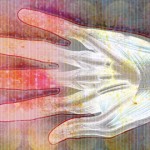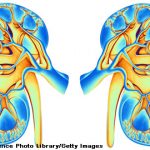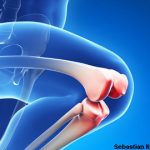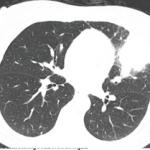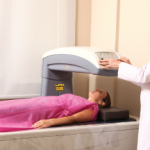The umbrella term crystalline disease covers arthritic conditions caused by deposition of crystals and associated inflammatory response, including erythema, edema and intense pain. The two most common crystal-induced arthropathies are gout, an arthritis secondary to inflammation caused by the presence of monosodium urate (MSU) crystals formed through high levels of serum urate, and calcium pyrophosphate…


